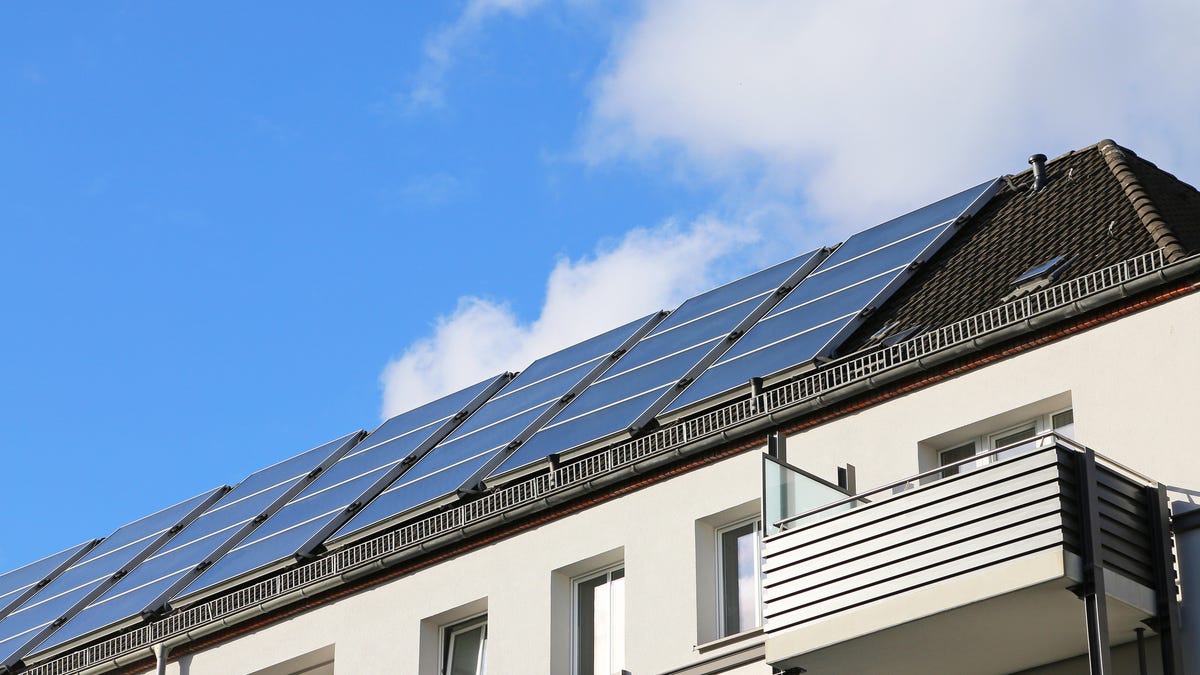As a journalist with experience, let me paint a picture for you: you’re in your 20s, don’t own a home, rent is high, and to top it off, your power bill is rising faster than inflation. Welcome to the struggles of Gen Z. But fear not, there is a solution that can help lower your electric bill and reduce your carbon footprint at the same time.
In the latest installment of CNET Zero, a series that delves into the impact of climate change and solutions being implemented, we explore how community solar programs can alleviate the financial burden of high electricity costs for environmentally conscious yet financially strapped individuals like Gen Z.
With the housing market being unattainable for many young people without generational wealth, renting has become a financial pitfall, with additional expenses like internet and utility bills adding up. According to the Bureau of Labor Statistics, electricity prices in the US have increased by 3.6% on average in the past year, outpacing broader inflation rates. This can be a significant burden for Gen Z, who are already grappling with student debt and limited income.
Enter community solar programs. These initiatives allow individuals to draw energy from nearby solar farms when rooftop solar panels are not an option, making it ideal for renters and those without the means to invest in solar infrastructure. With 23 states supporting legislation for community solar programs and 20 states already boasting substantial solar capacity, there are opportunities for Gen Z to save on their electricity bills while supporting clean energy initiatives.
By subscribing to a community solar program, you can potentially save 10-20% on your electricity bills annually, according to the Department of Energy. With the average American spending $1,667 on electricity each year, these savings can add up to significant amounts that can be redirected towards paying off debts or building savings. Additionally, by switching to solar energy, you are contributing to reducing carbon emissions and supporting renewable energy sources, aligning with the environmental concerns that many in Gen Z hold dear.
While the benefits of community solar programs are clear, access to these initiatives can be limited in certain states where legislation and infrastructure support are lacking. However, for those in areas where community solar programs are available, applying is a simple process that can result in tangible financial and environmental benefits.
In conclusion, community solar programs offer Gen Z a practical and affordable solution to high electricity costs while contributing to the transition towards clean energy sources. By participating in these initiatives, individuals can not only save money but also play a part in combating climate change and reducing their carbon footprint.

